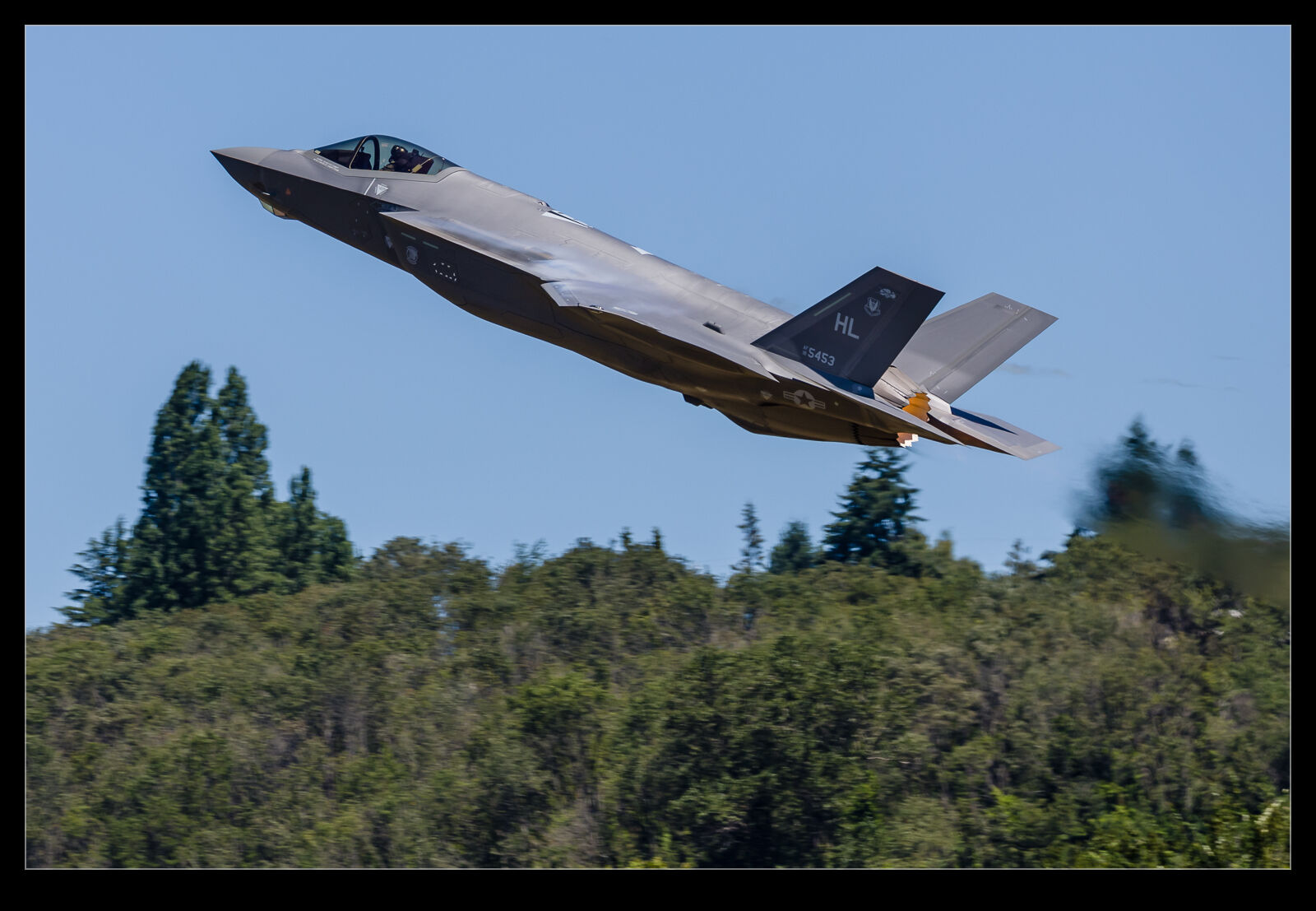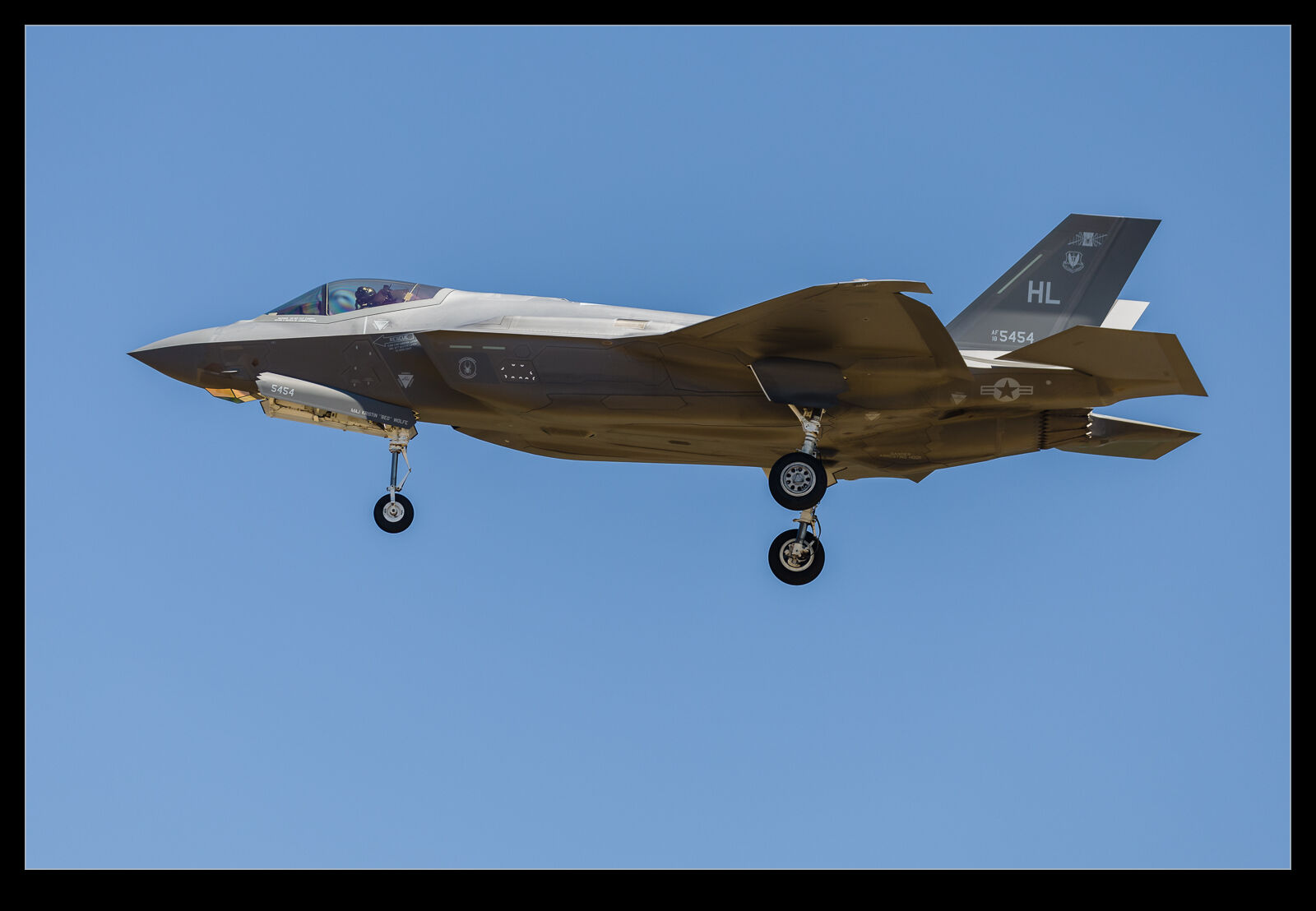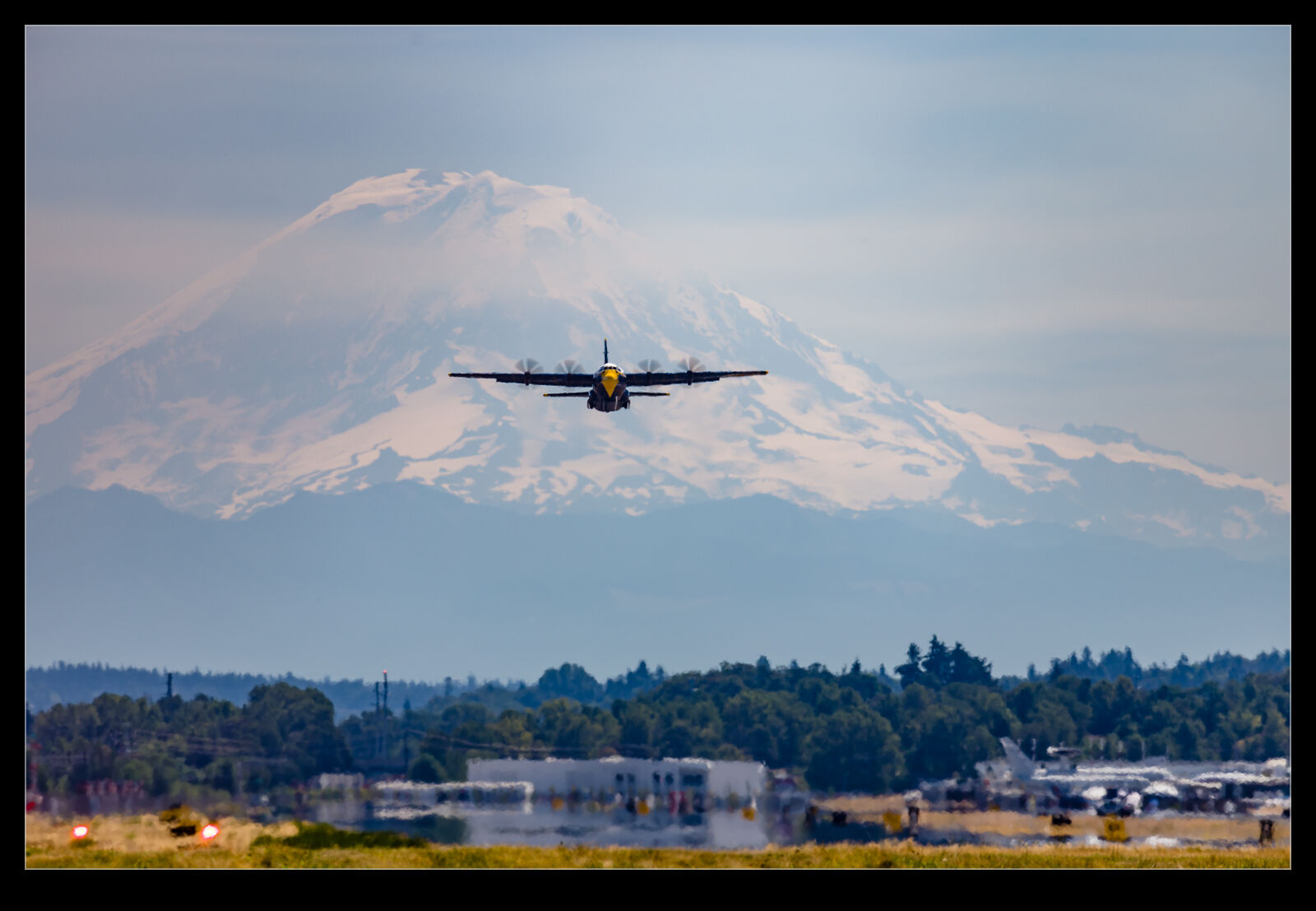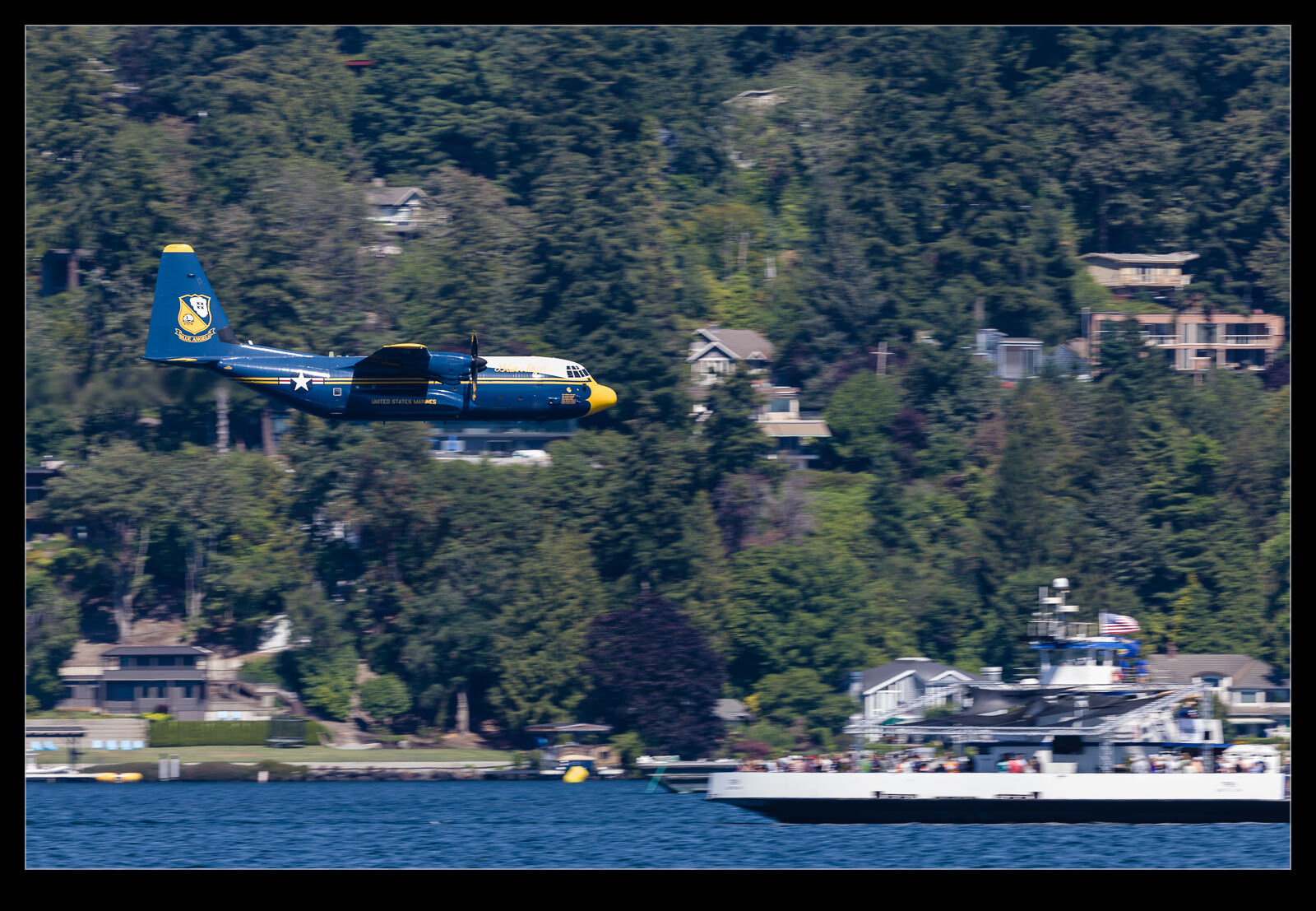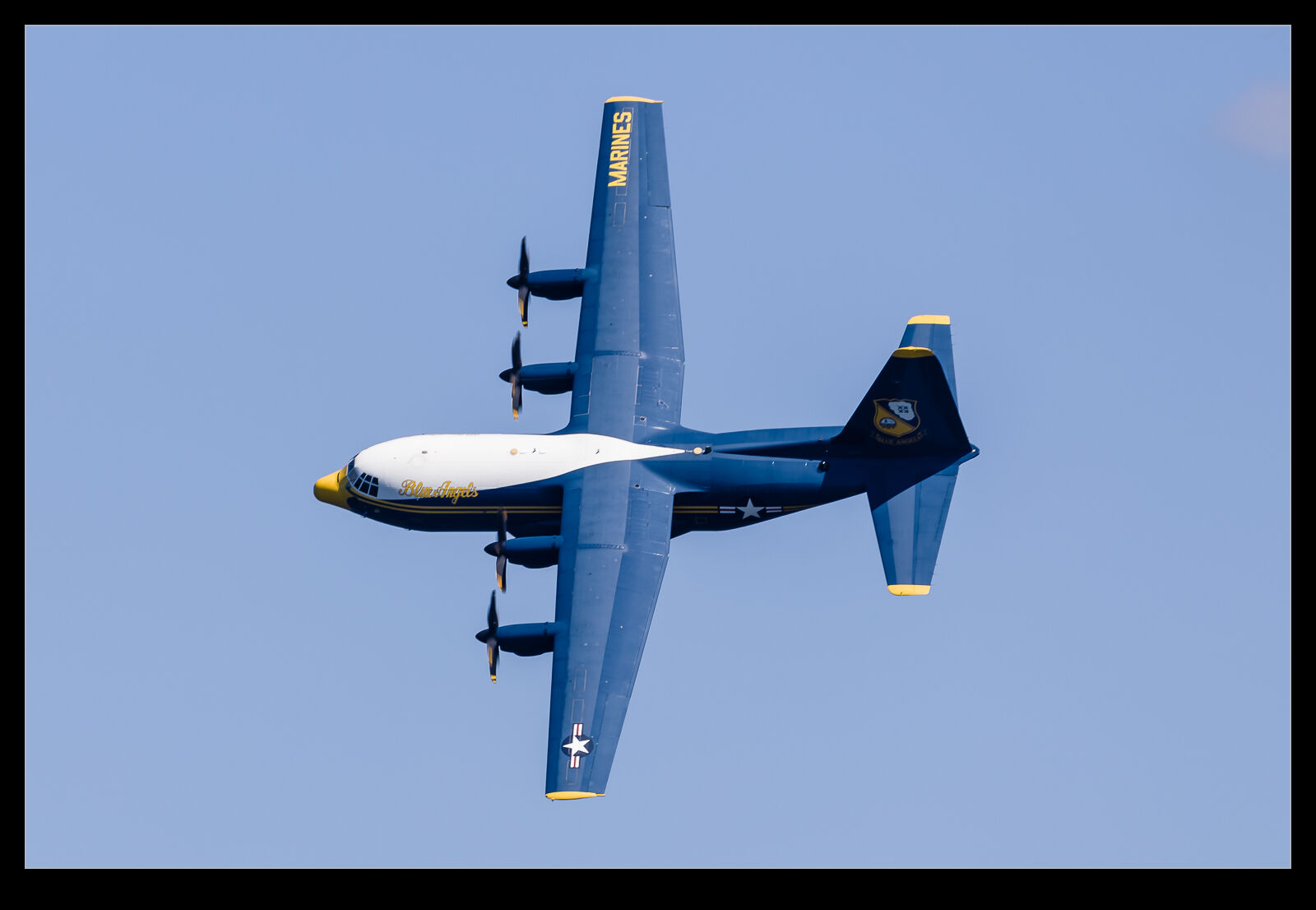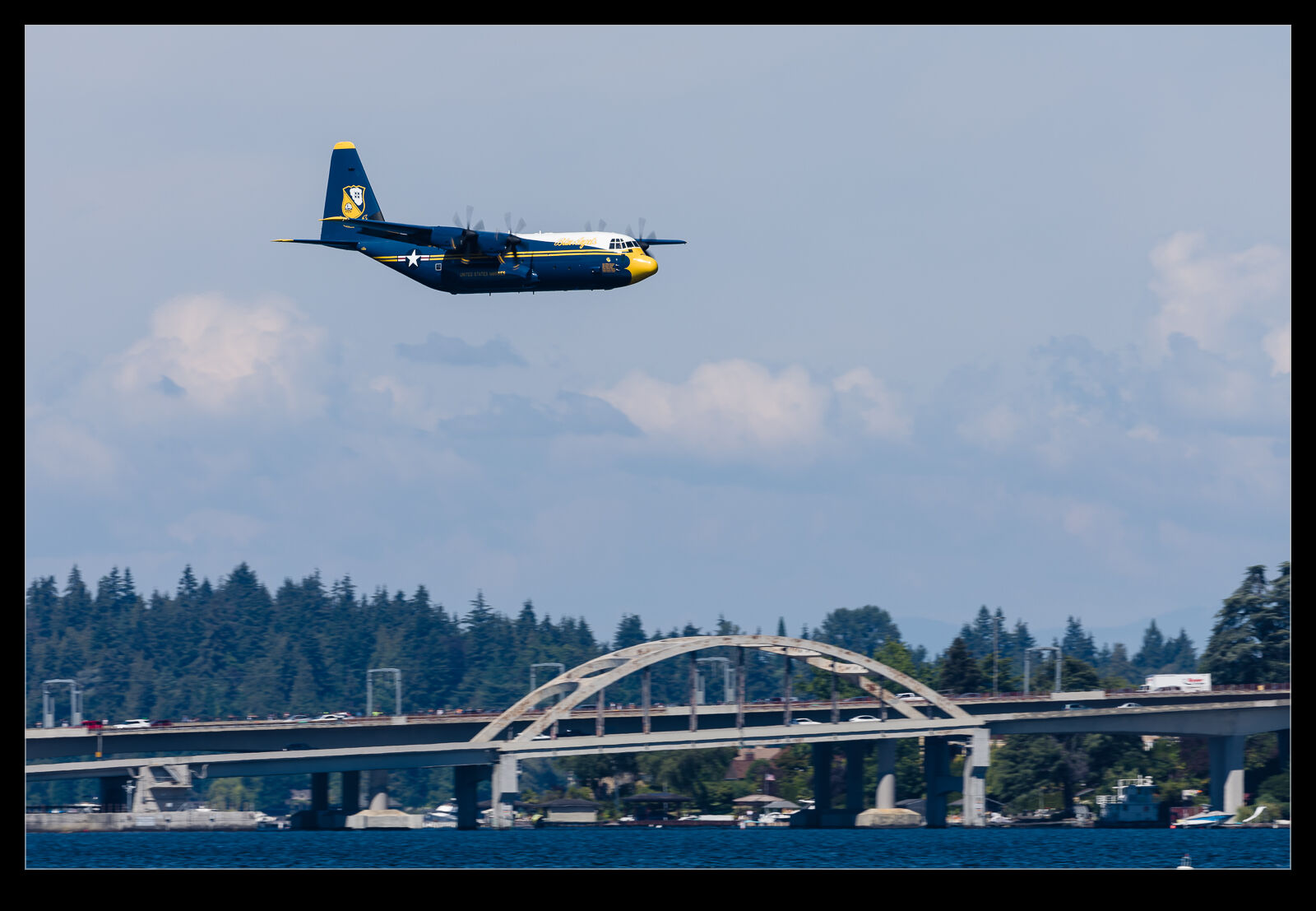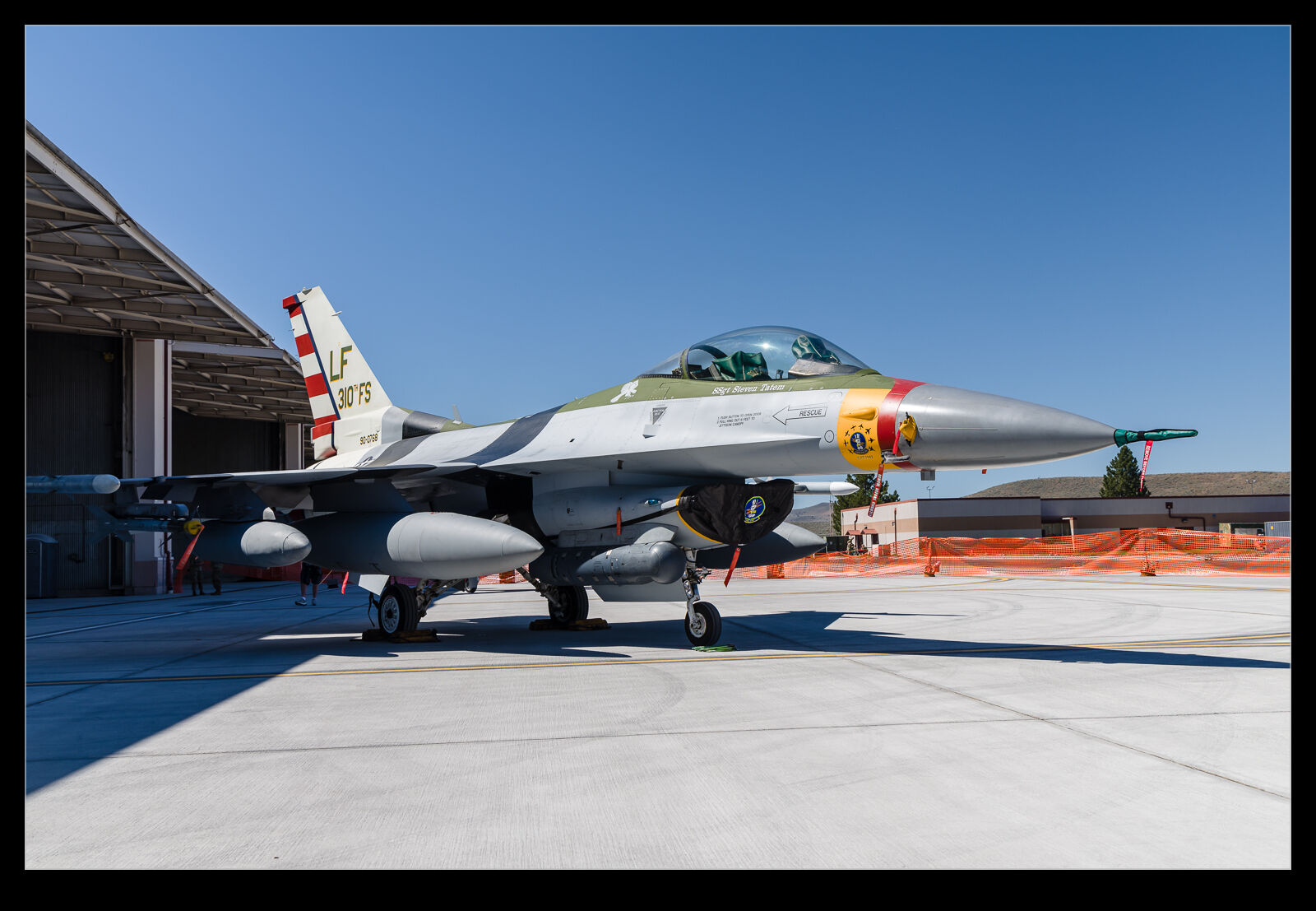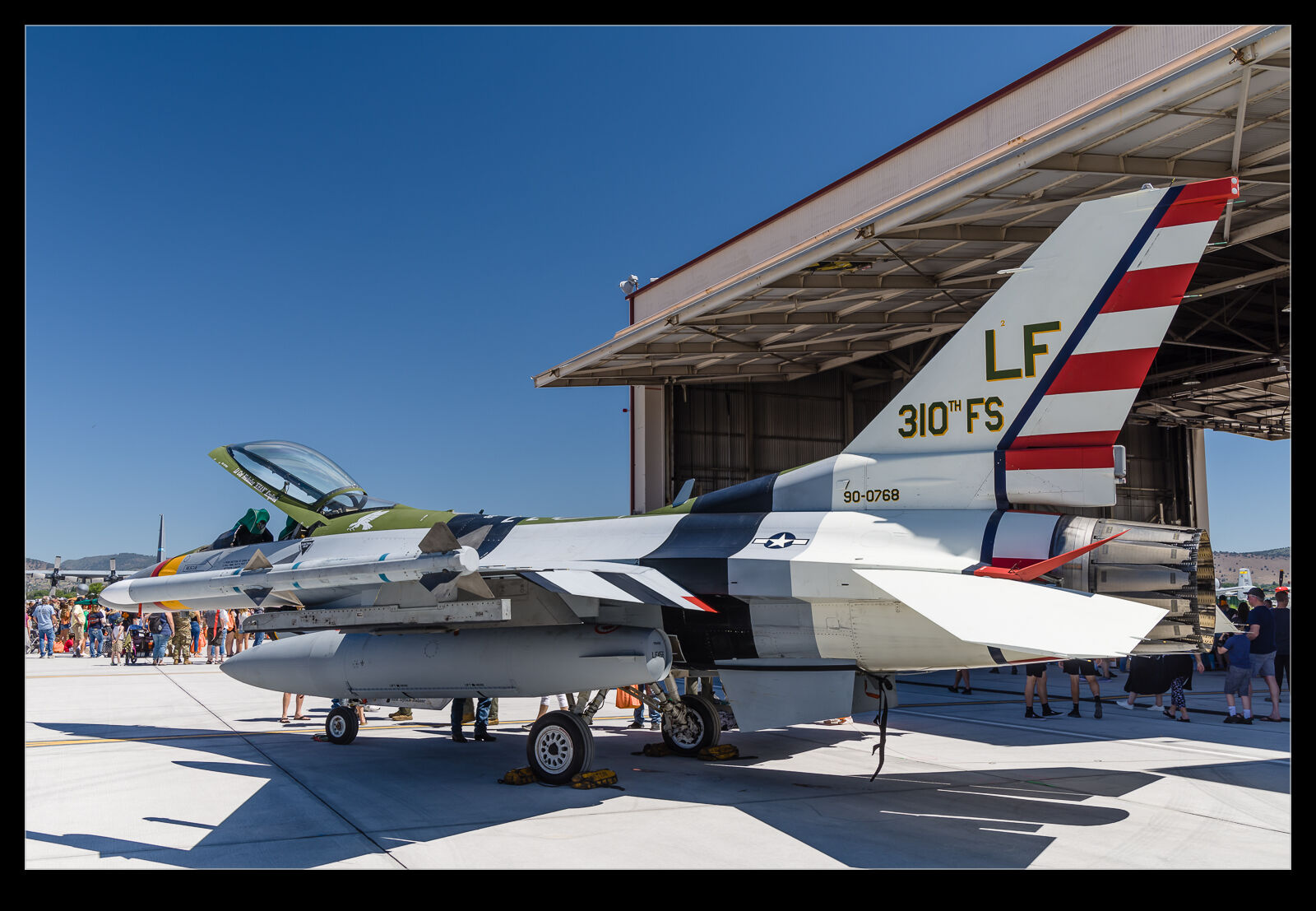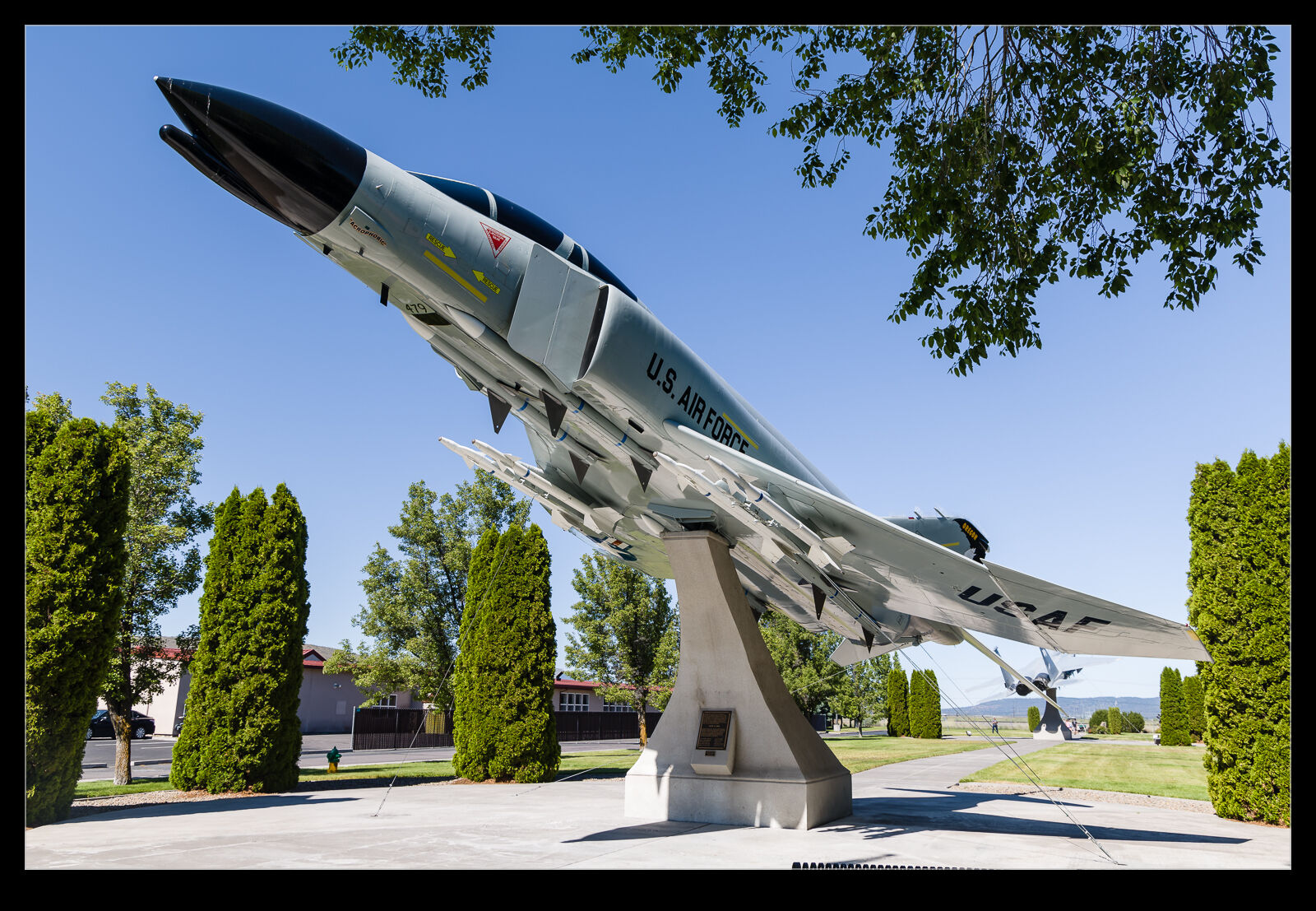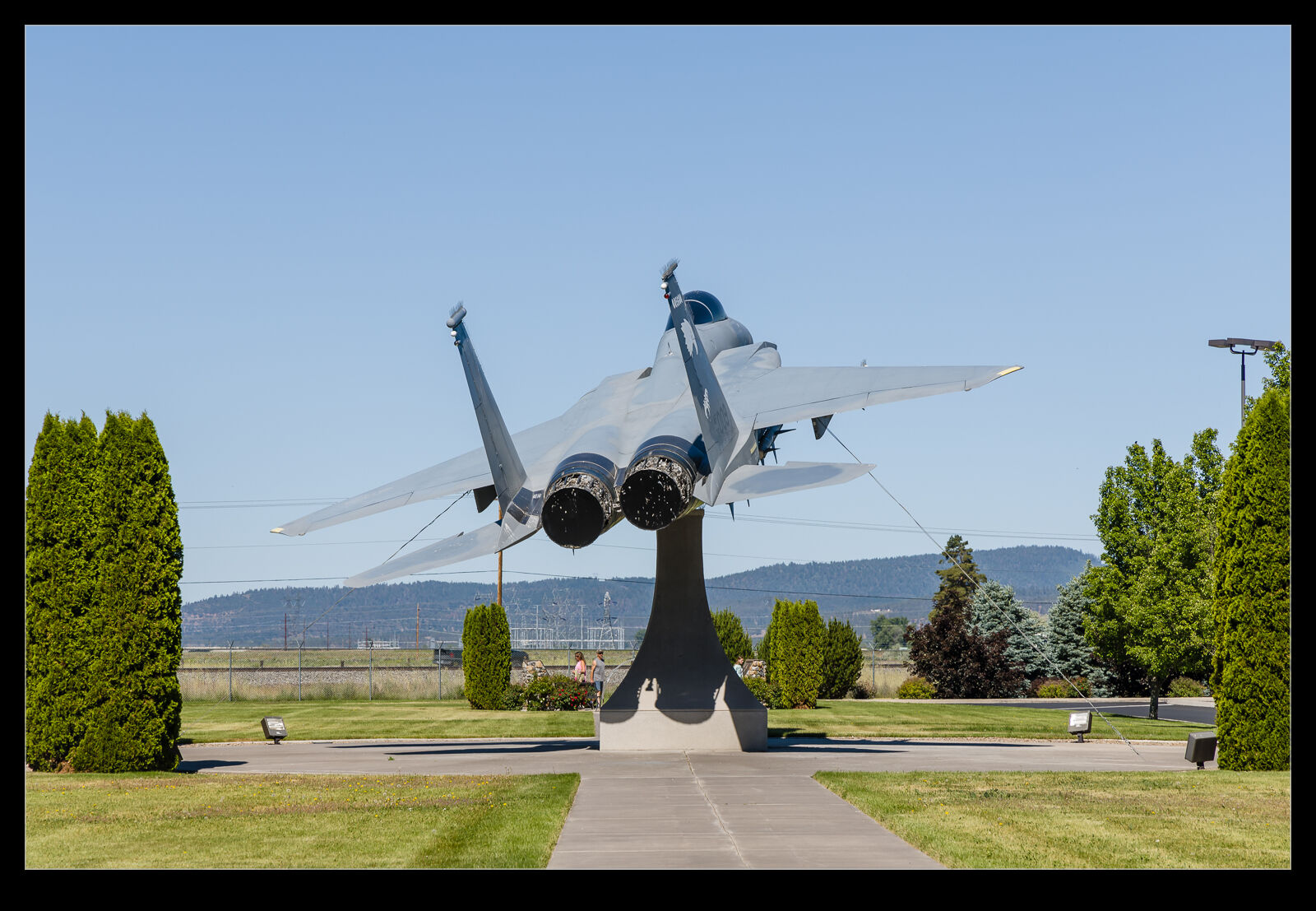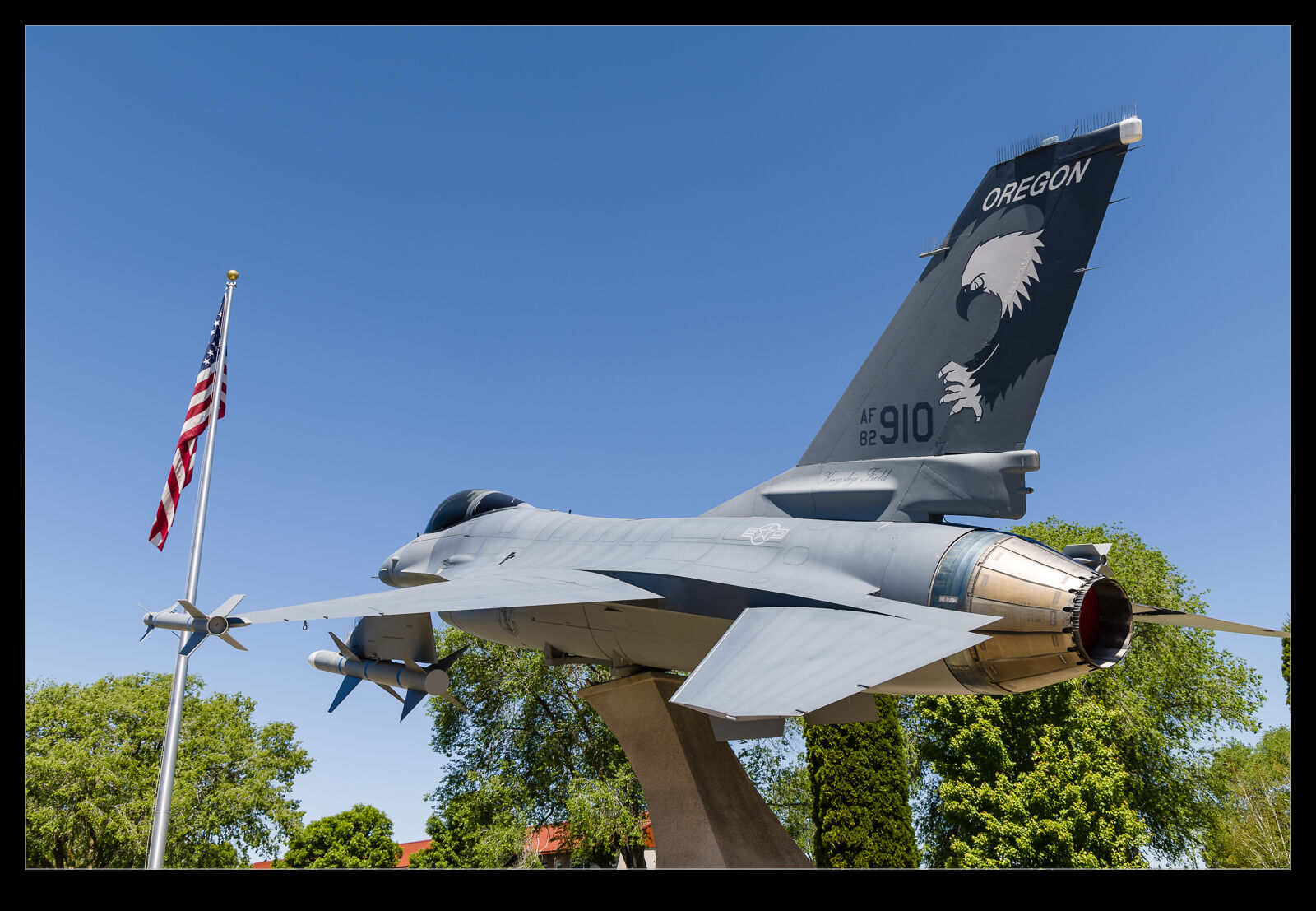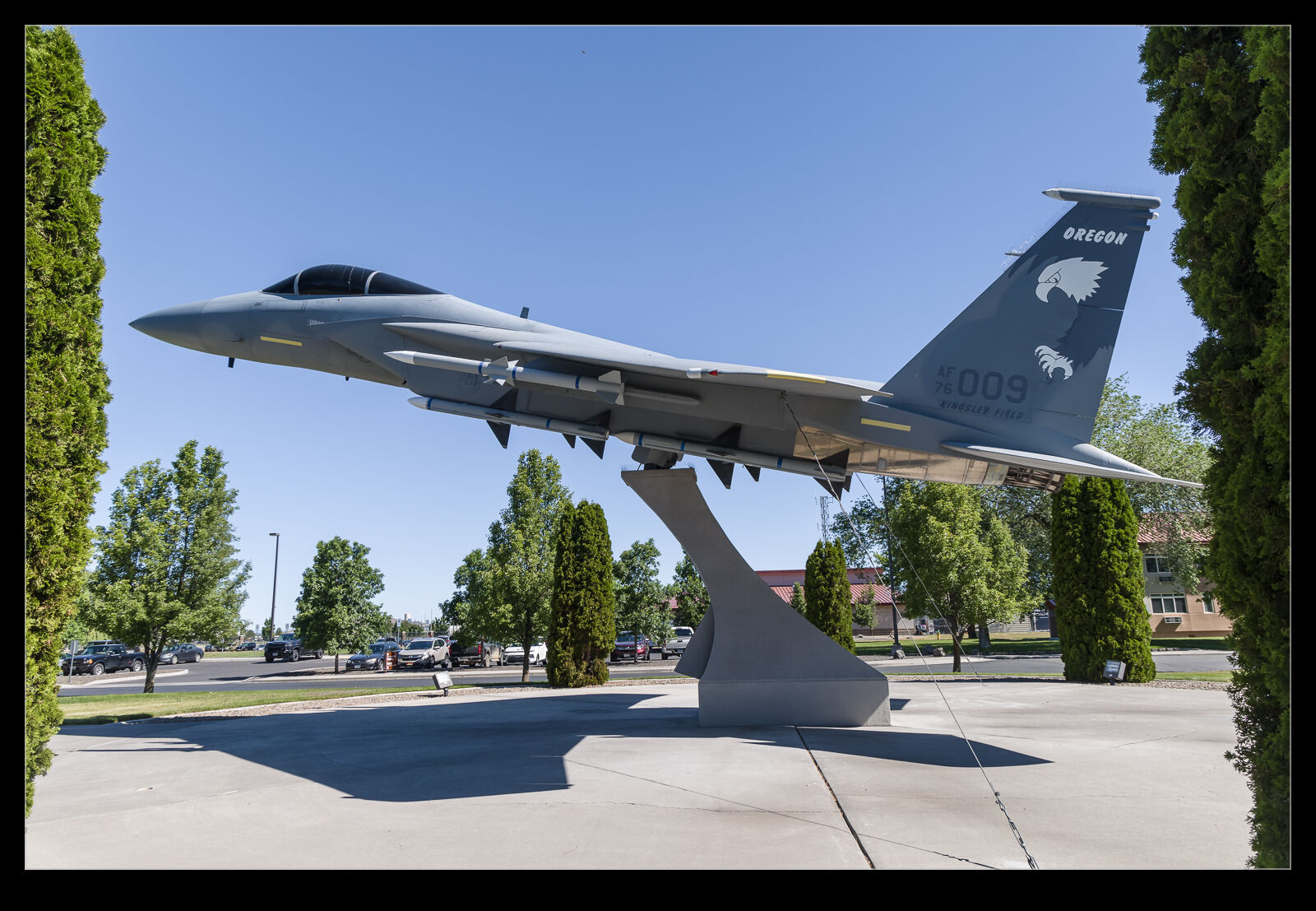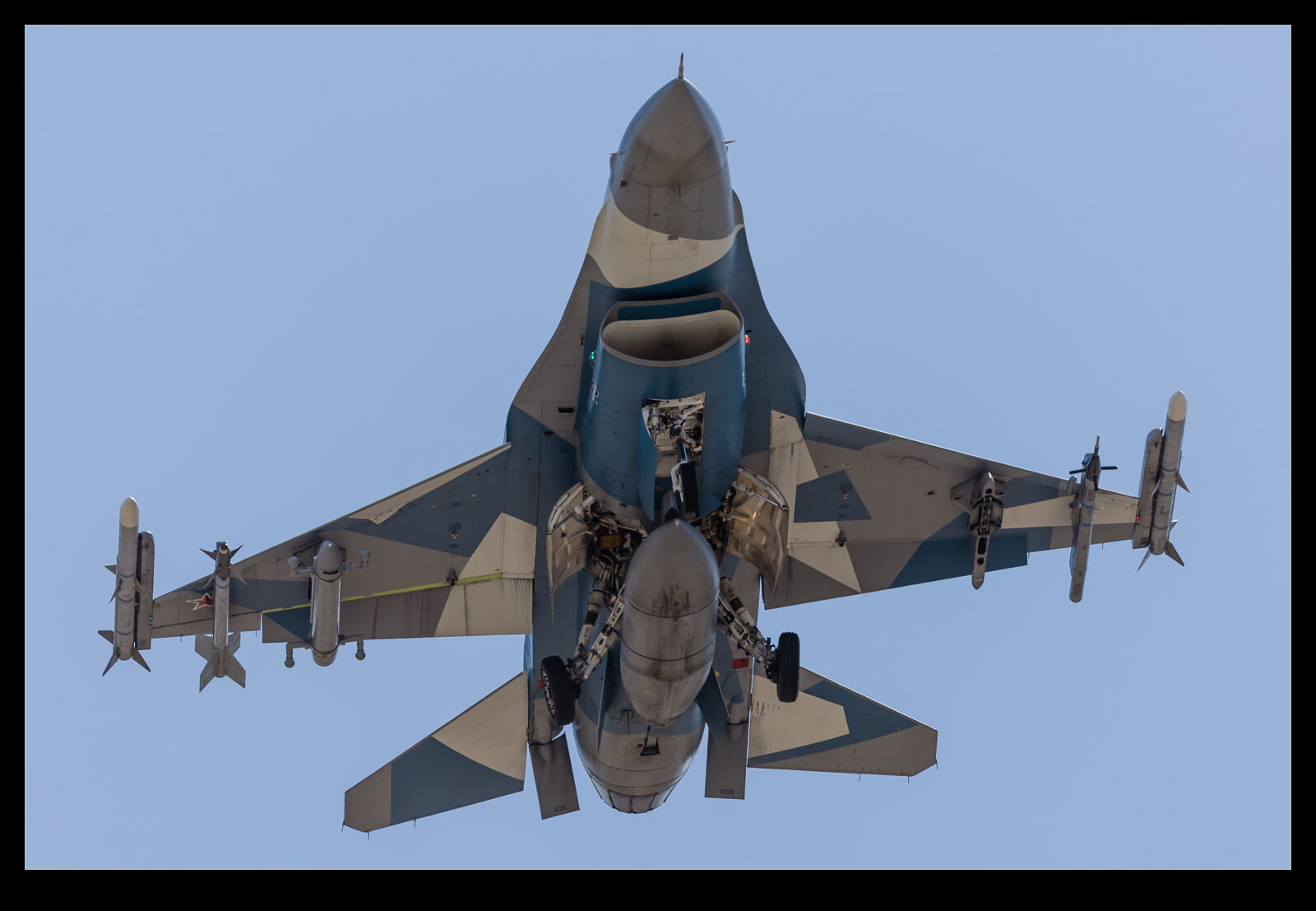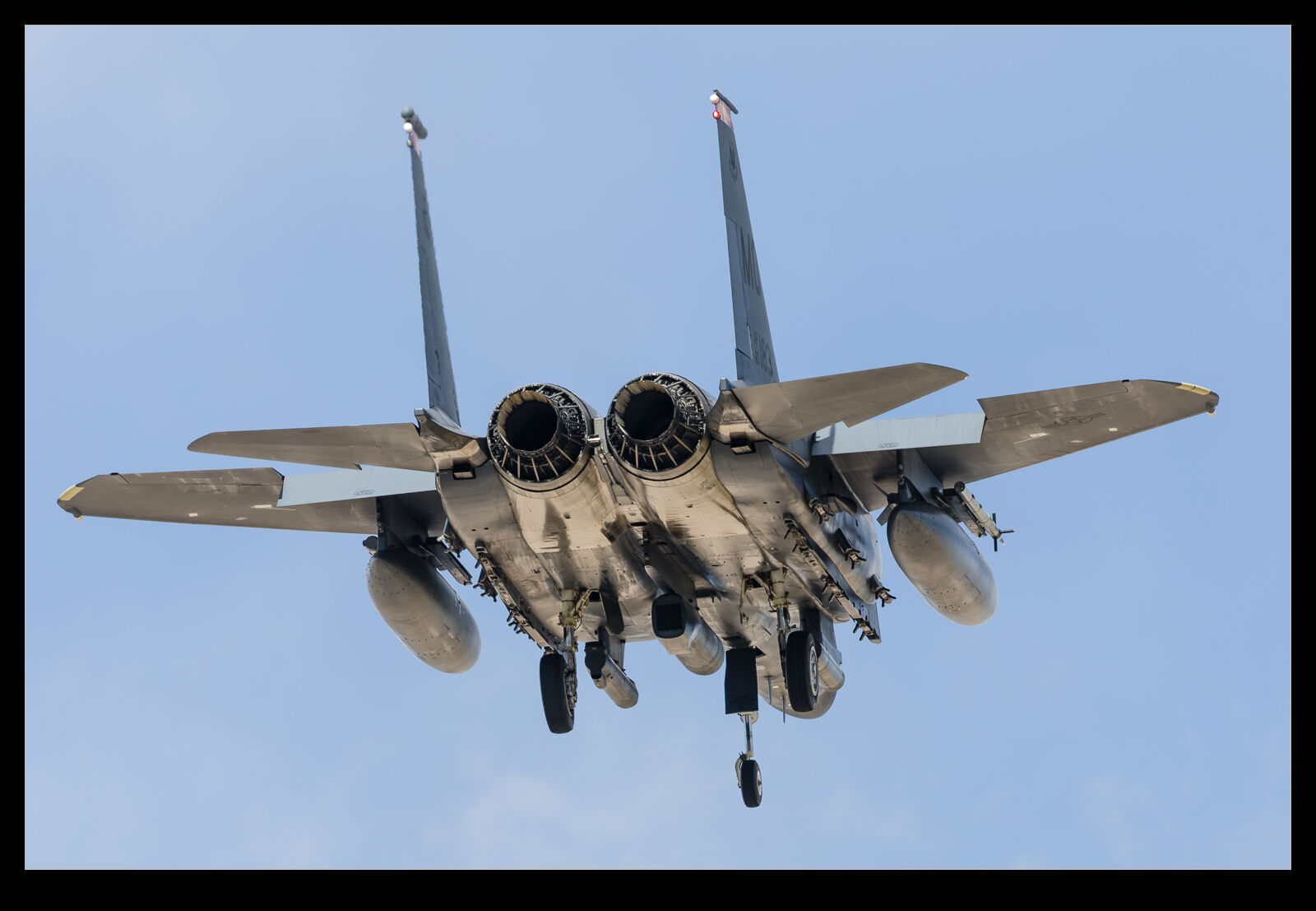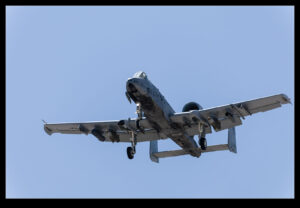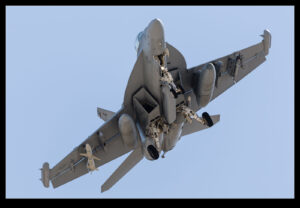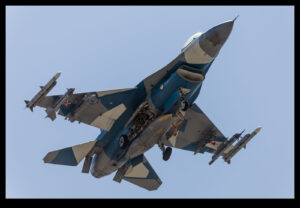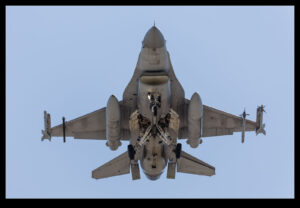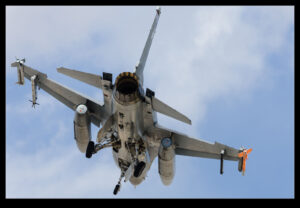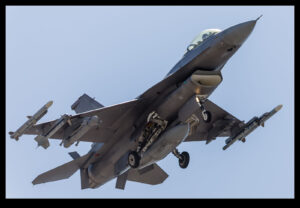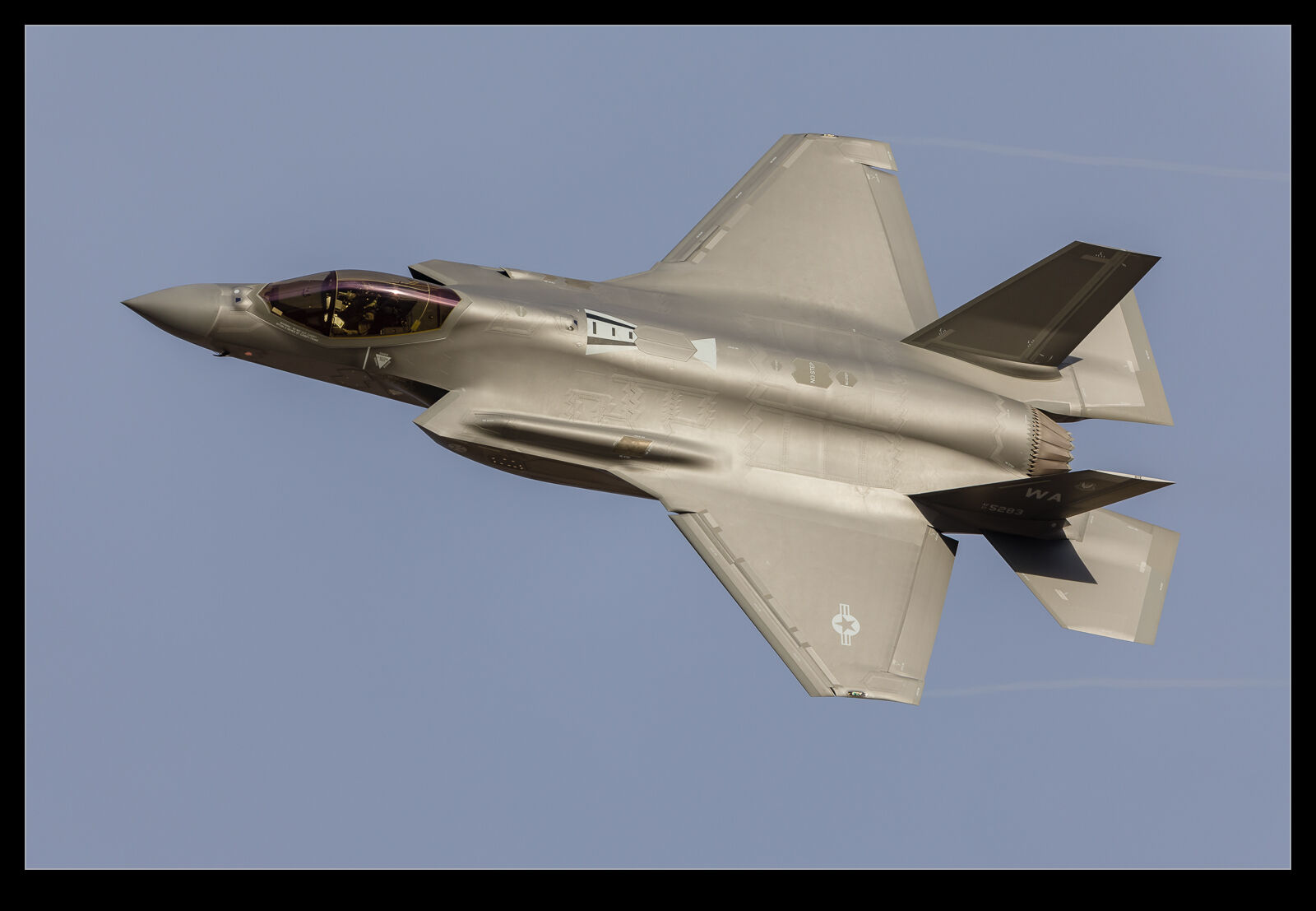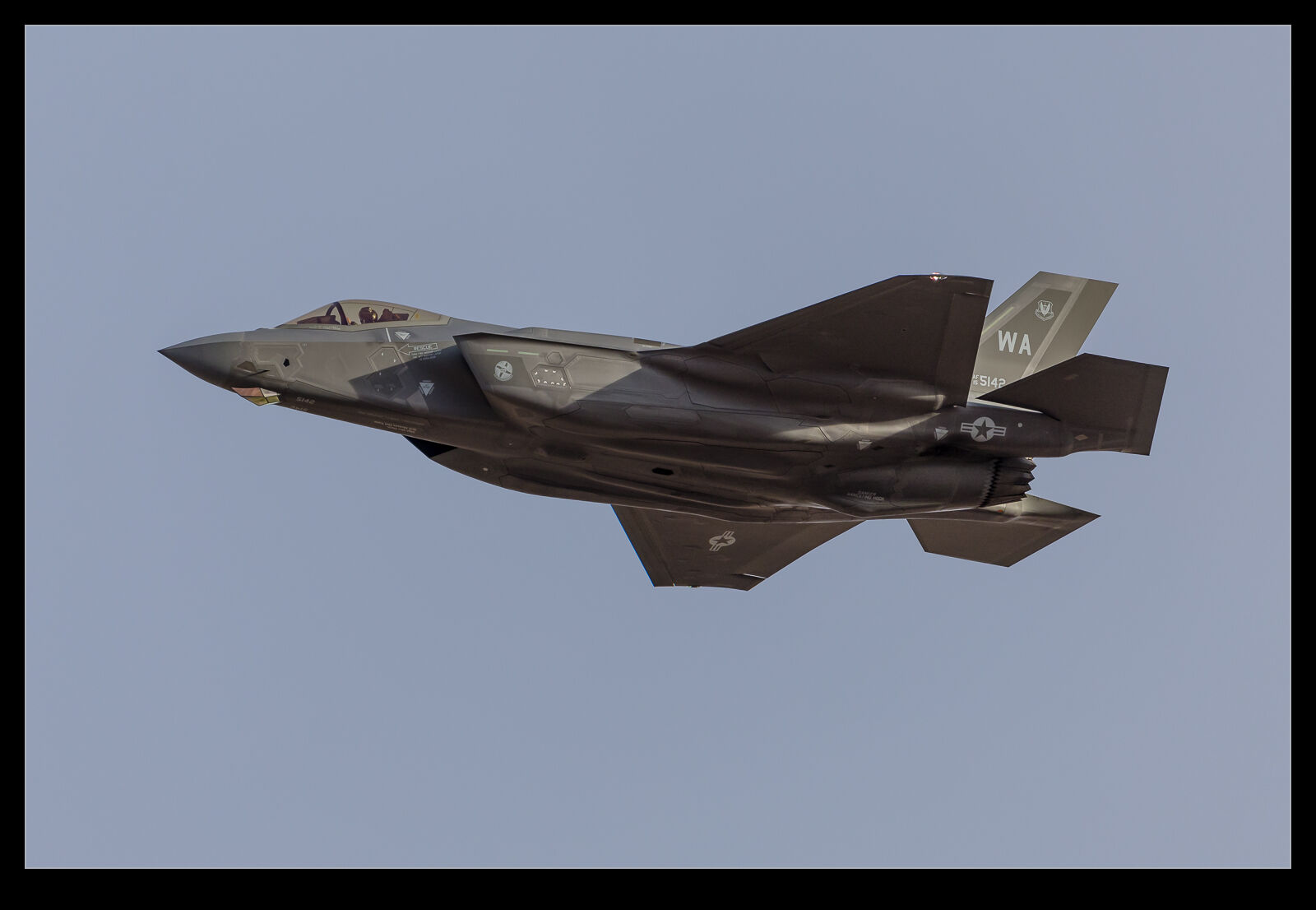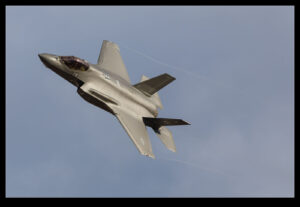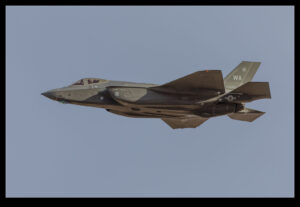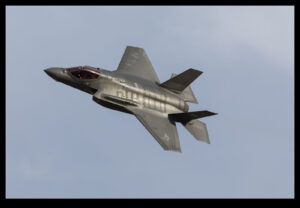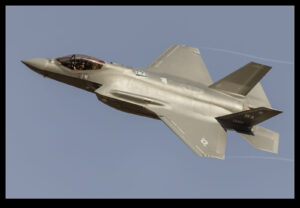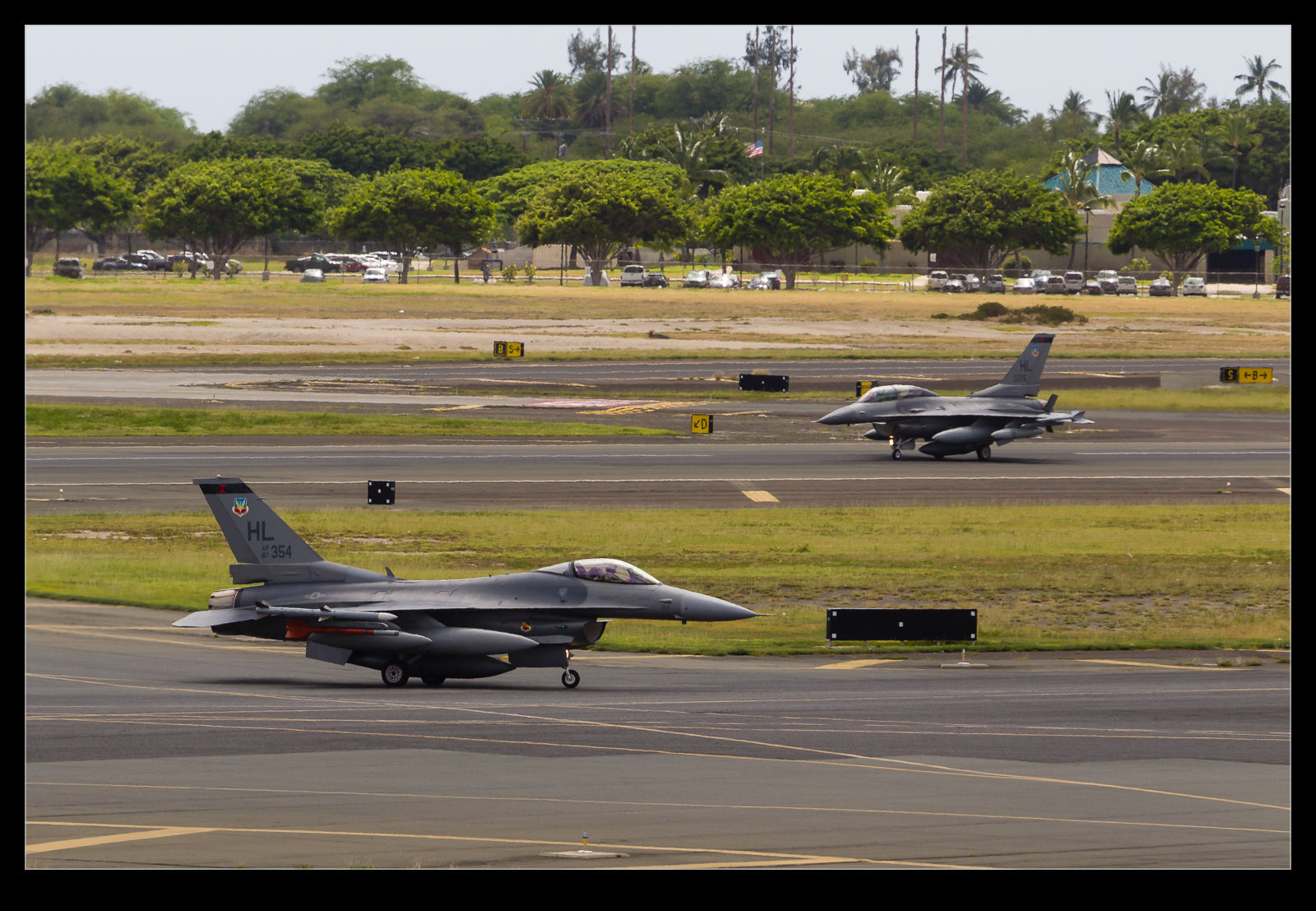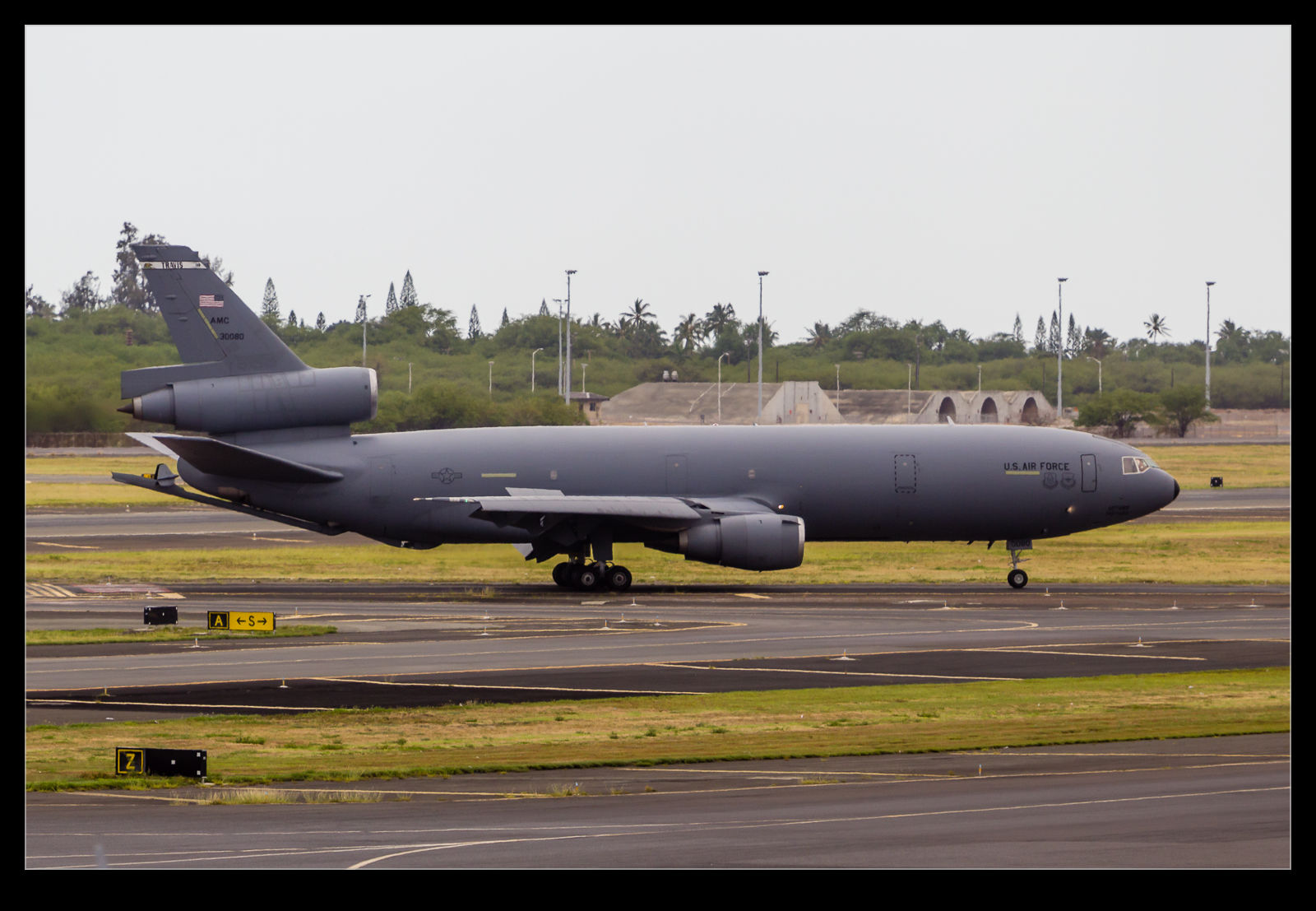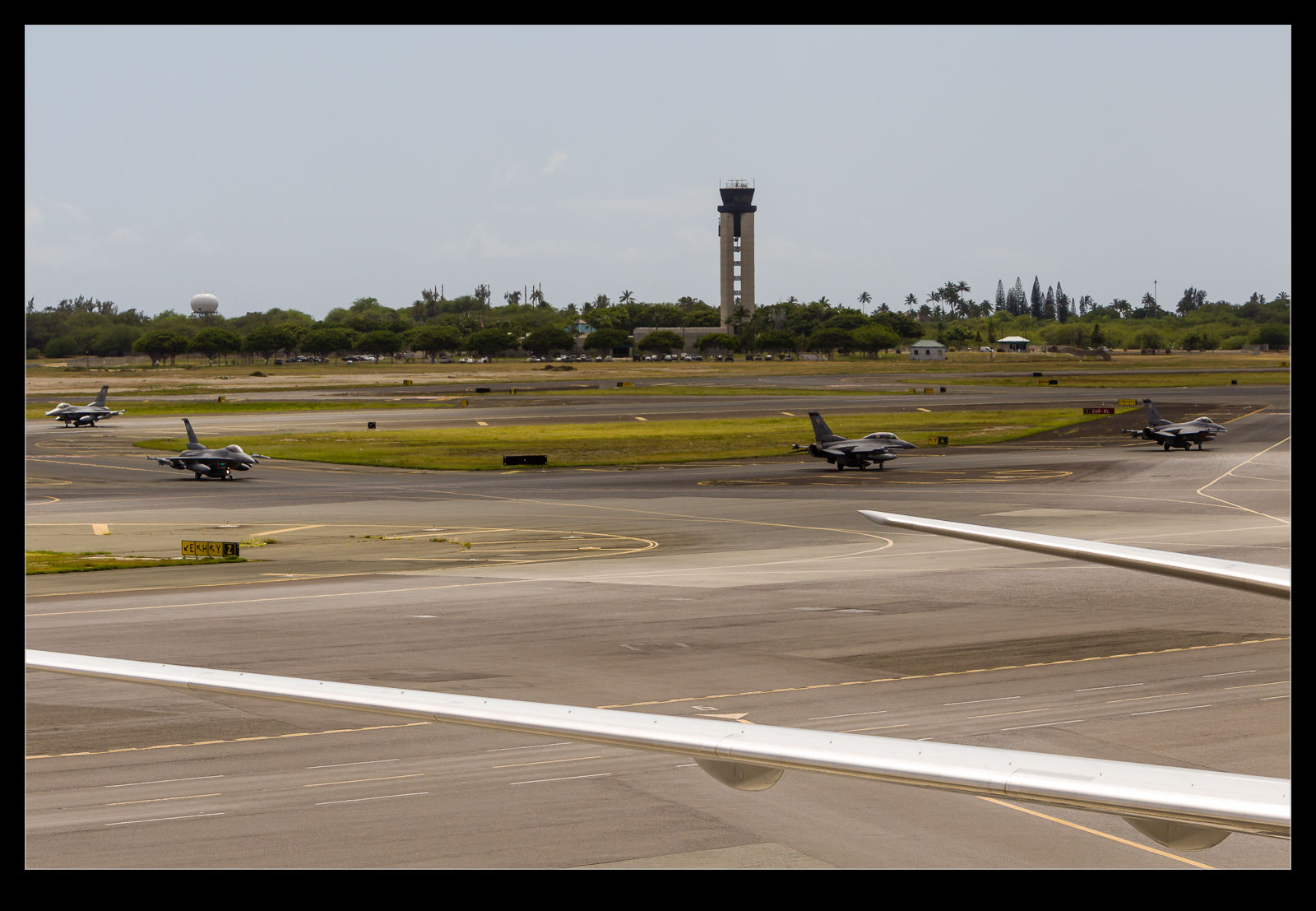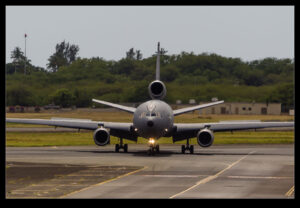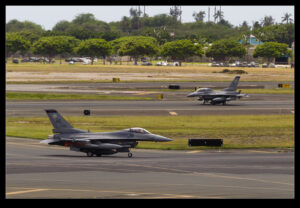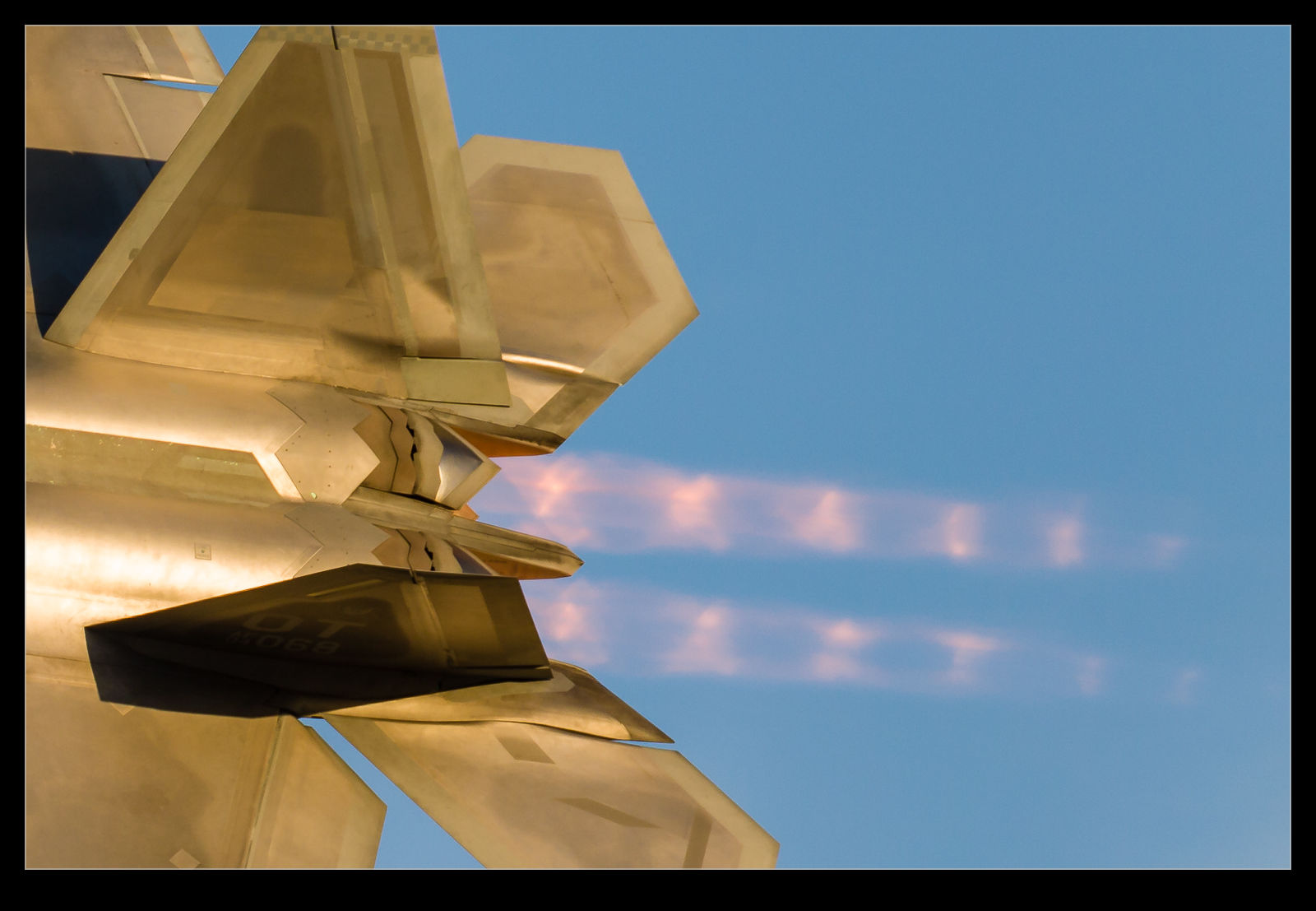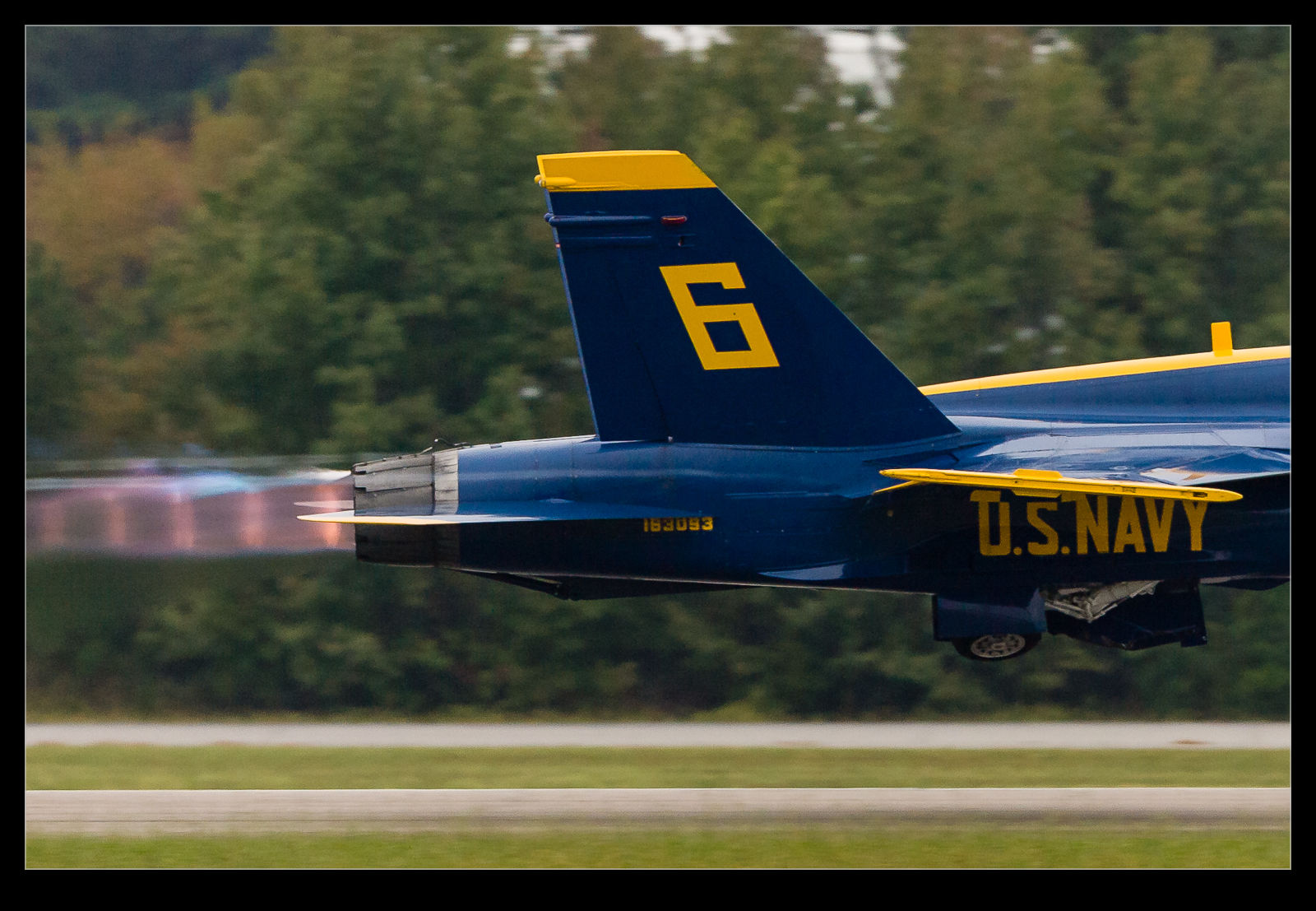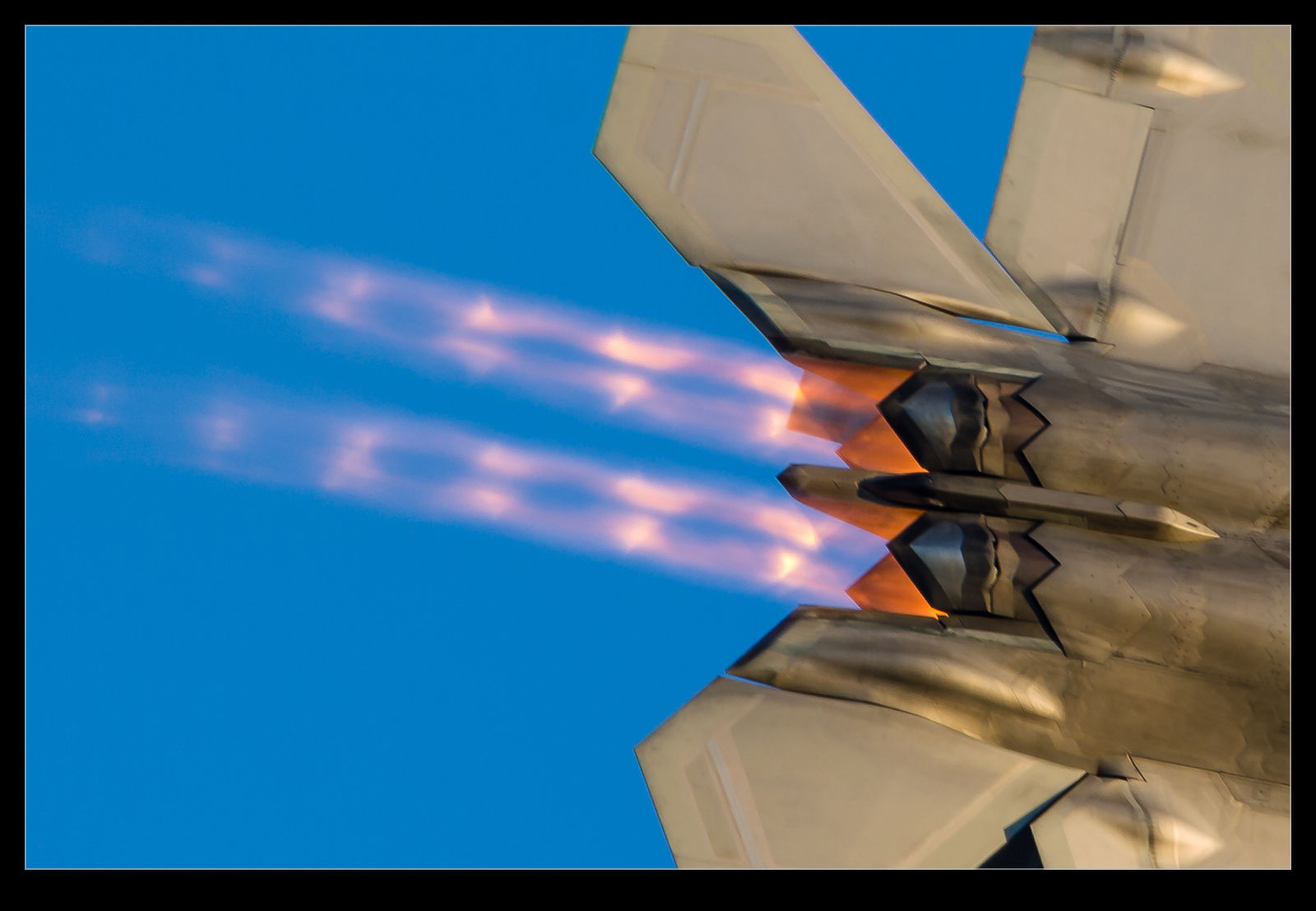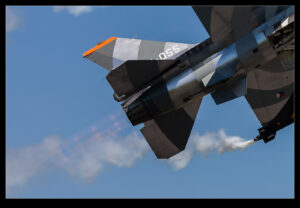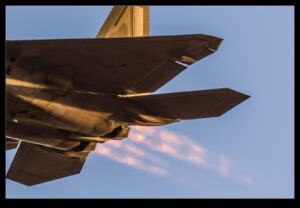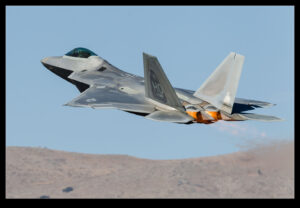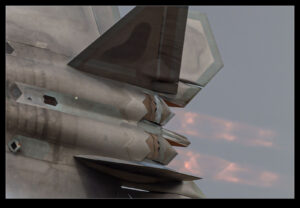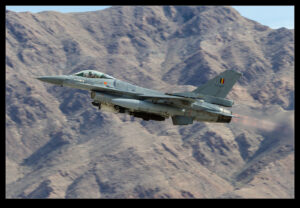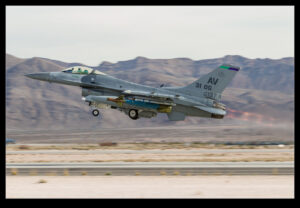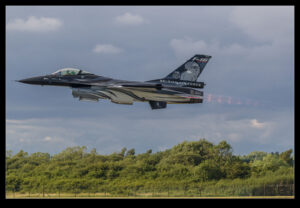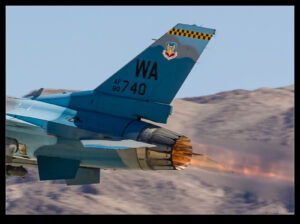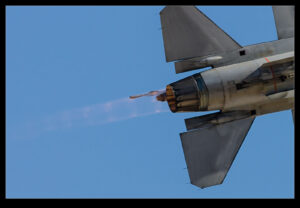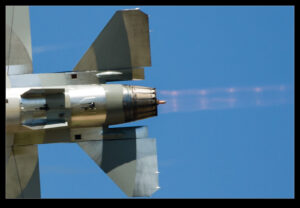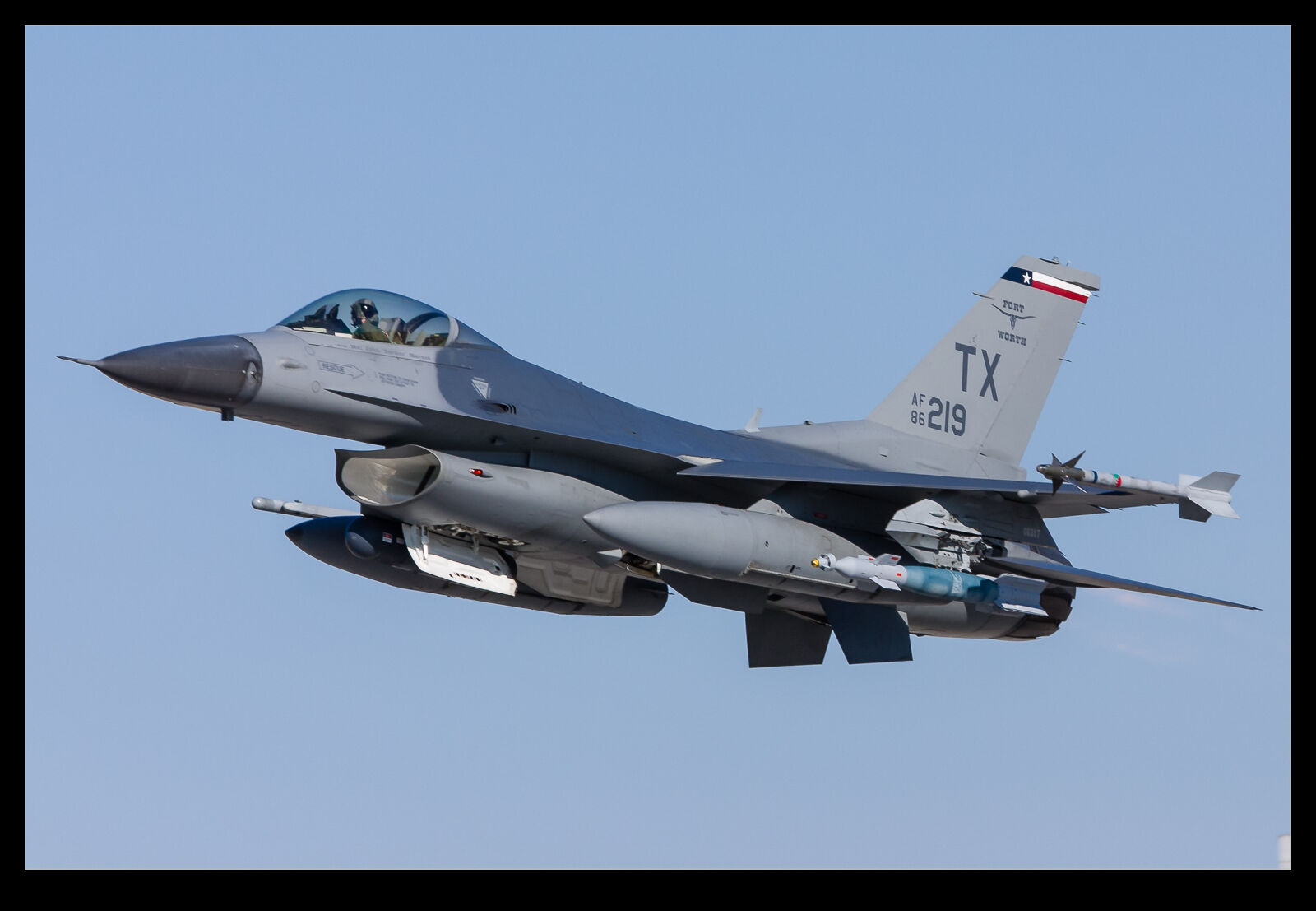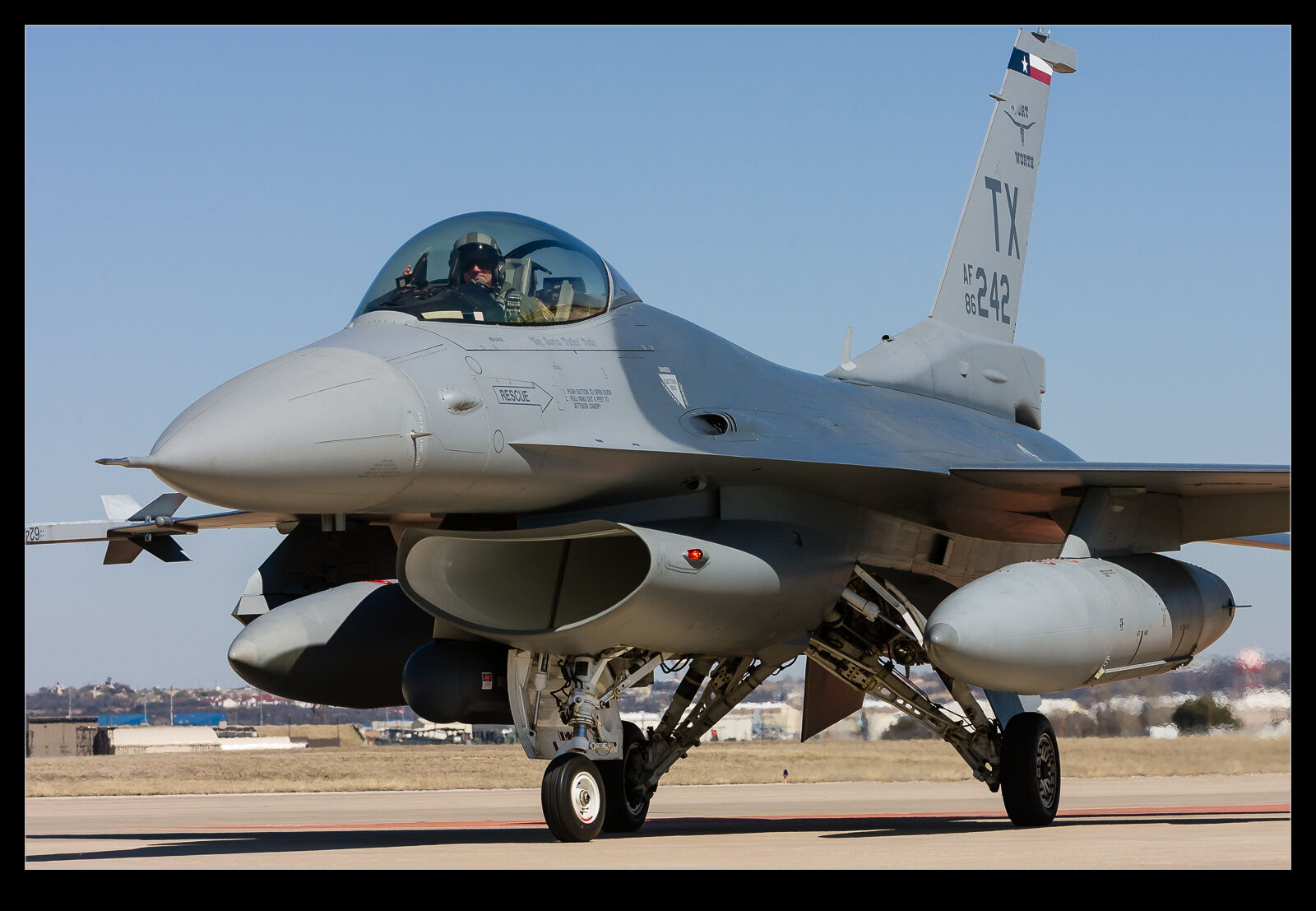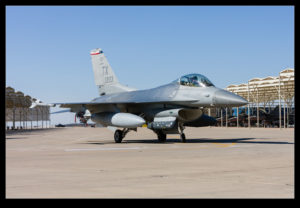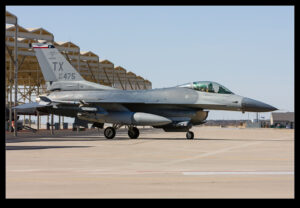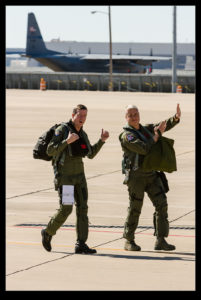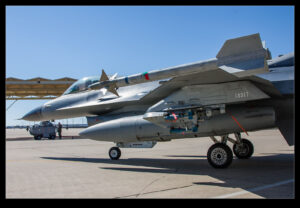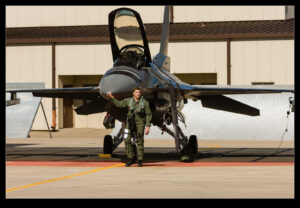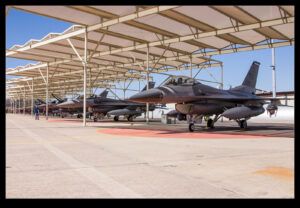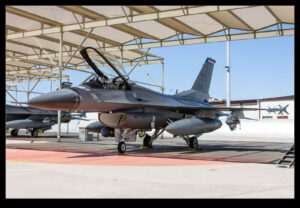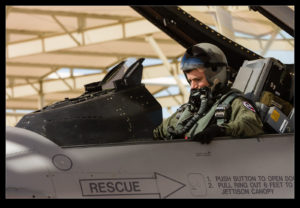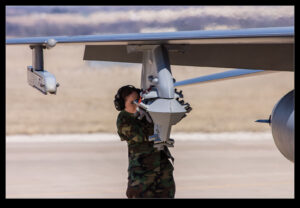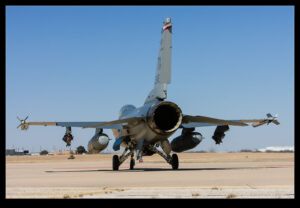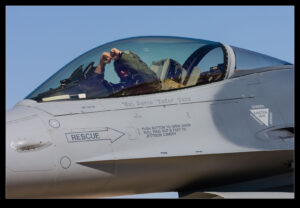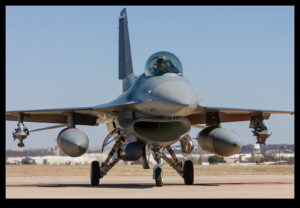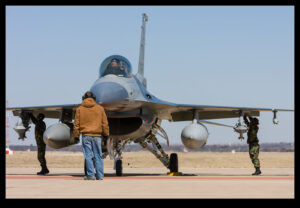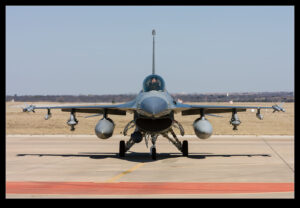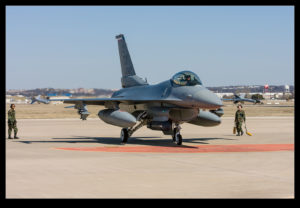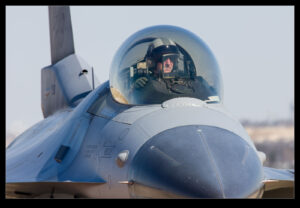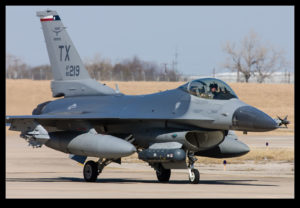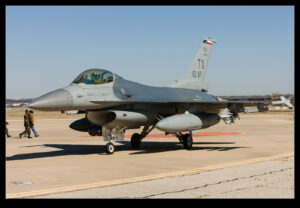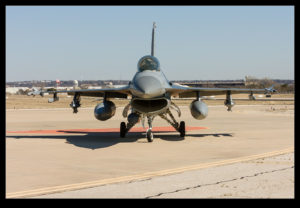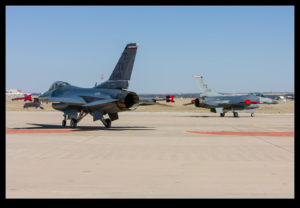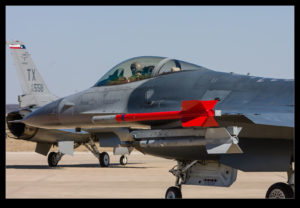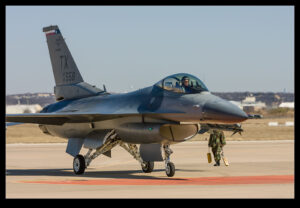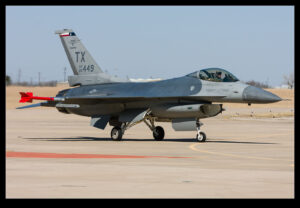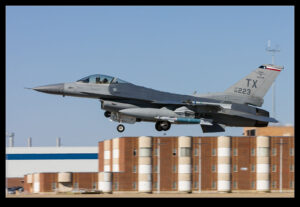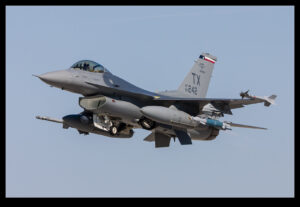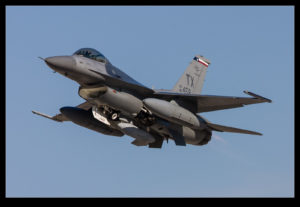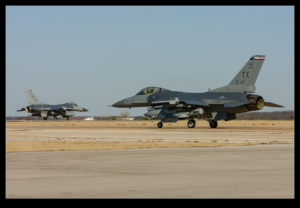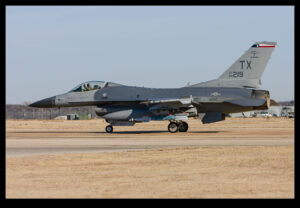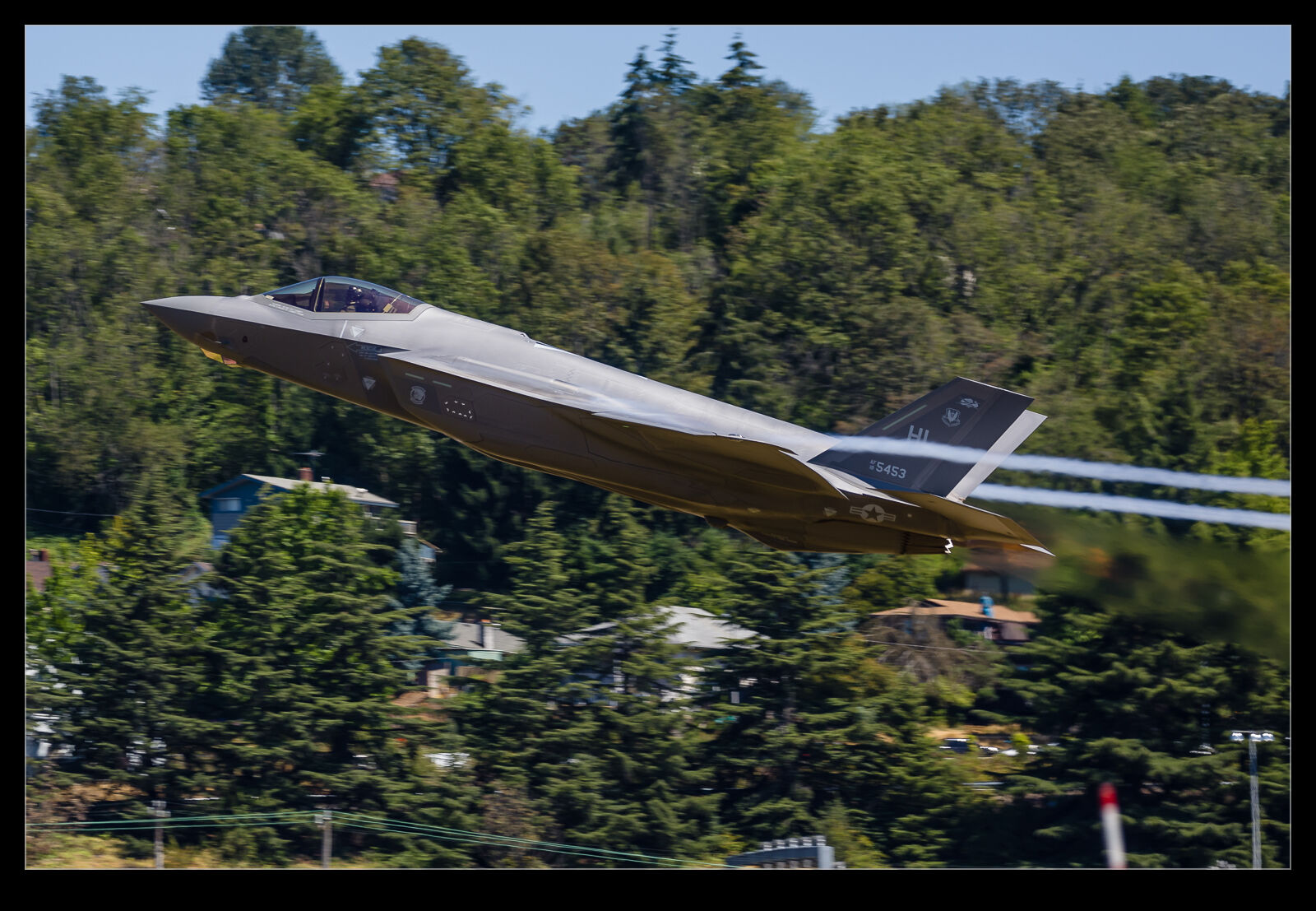 Over the course of the Seafair weekend, I got to see the demo F-35A arrive and depart a few times. The demo pilot would get airborne and keep the jet on the deck in full burner building up a decent amount of speed. Then, she would pull to a steep climb just as she got to the perimeter of the field. This looked pretty impressive from the side but it was even more impressive from head on.
Over the course of the Seafair weekend, I got to see the demo F-35A arrive and depart a few times. The demo pilot would get airborne and keep the jet on the deck in full burner building up a decent amount of speed. Then, she would pull to a steep climb just as she got to the perimeter of the field. This looked pretty impressive from the side but it was even more impressive from head on.
 The return to land after the display was a lot more sedate. It was a pretty standard pattern and approach but there were plenty of people at the south end to enjoy the last moments of the flight. I headed down there a couple of times. You could easily do both departure and approach since you had the whole time that the display was underway to re-position. I did all go to Ruby Chow Park from one departure and shot video rather than stills. Seeing the F-35 come right at us and then pull hard was impressive. The noise was intense and the wake threw dust and debris into the air around us. It made an impression!
The return to land after the display was a lot more sedate. It was a pretty standard pattern and approach but there were plenty of people at the south end to enjoy the last moments of the flight. I headed down there a couple of times. You could easily do both departure and approach since you had the whole time that the display was underway to re-position. I did all go to Ruby Chow Park from one departure and shot video rather than stills. Seeing the F-35 come right at us and then pull hard was impressive. The noise was intense and the wake threw dust and debris into the air around us. It made an impression!
